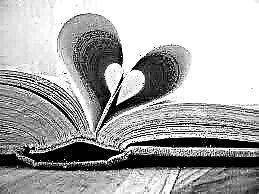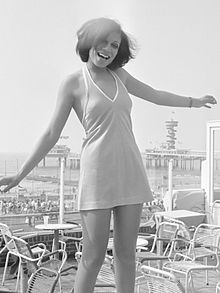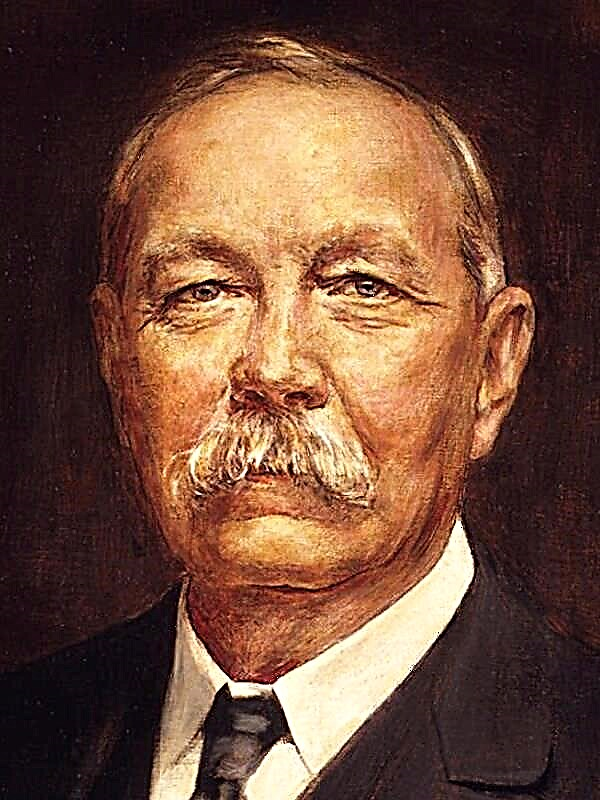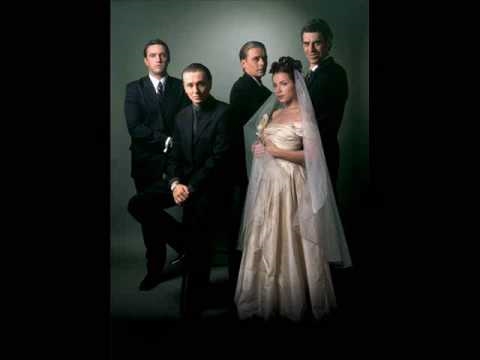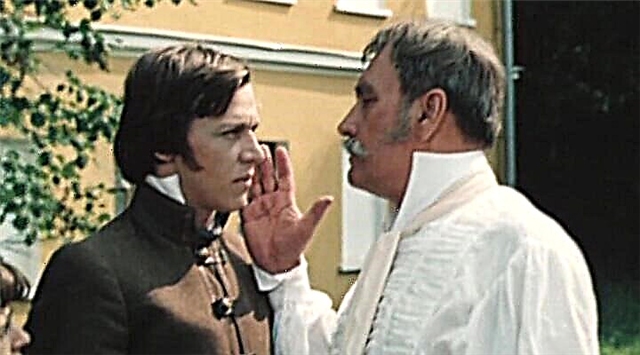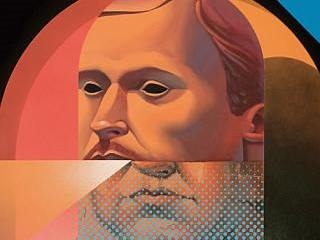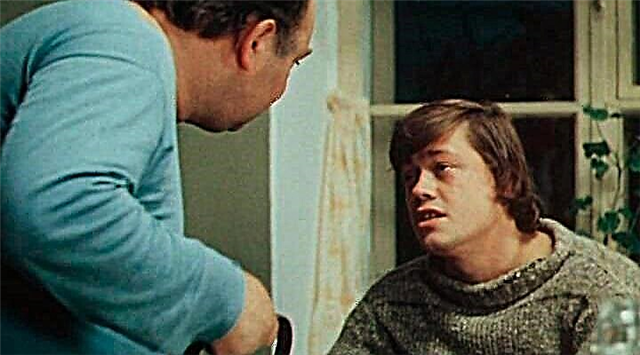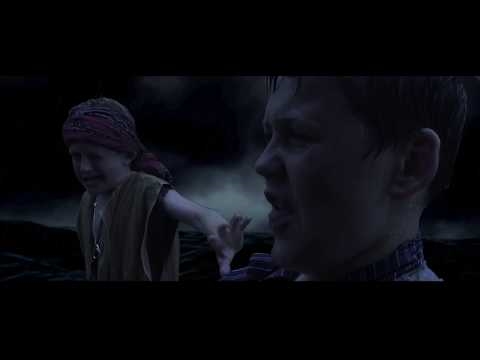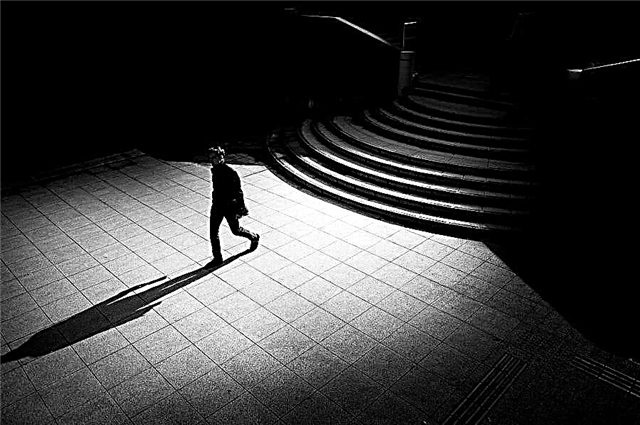Share
Pin
Tweet
Send
Share
Send
“Art and craft” is the most difficult direction this year. Its difficulty lies in the fact that not all works raise such a narrow topic. Frankly, she rarely rises. But if you still decide to compete with her, our selection is for you. Together we will make it even better if you write in the comments which work was not enough.
N. V. Gogol, “Portrait”
- In the novel “Portrait” by N. Gogol, the main character was a painter who had nothing to live on. Debts overcame him, he was tired of a hungry life, but he could not do anything. However, one day he bought a painting that struck him with its hypnotic effect. The frown and at the same time sly look of the usurer depicted there everywhere followed the observer. At night, the new owner of the canvas had a dream where the rich man comes to life and drops several notes on the floor, counting the money. In the morning Chartkov accidentally discovers bank notes. Now he has a lot of money, but his needs are increasing by leaps and bounds. Then the artist takes on portraits to order, where wealthy clients do not demand from him a creative approach, but the ability to embellish reality for the sake of their philistine taste. Nothing to do, he does everything for a fee! In the end, the talent was gone, and he was replaced by a well-paid craft. The painter realized the changes when he saw the truly talented works of a friend at the exhibition. He went crazy with envy and decided to destroy everything that seemed beautiful to him. Thus, art requires sacrifice from a person, he must surrender to creativity without a trace, otherwise his gift will turn into a skill by which the gods do not burn pots.
- In the story of N. Gogol "Portrait" tells the story of a hero who painted an unfortunate picture. This is a master of his craft, who, of course, needed to support his family. Therefore, without thinking, he took up a large order. One moneylender, known for his cruelty, wanted to get a perfect portrait of himself before his death. For this purpose, he hired the best painter. He began a long and difficult job. The farther he went in, trying to penetrate the soul of a money-lender with a piercing gaze, the worse he felt. His depravity seemed to leave marks from his claws in his mind. The master never finished the canvas, he was overwhelmed by vicious thoughts and desires. And so he decided that only life in the monastery would help him to cleanse himself from filth. He went to the holy monastery and was healed, restoring peace in his soul. Thus, art can carry not only light but also darkness, so each creator should be responsible for what he does. His creative freedom should not be transformed into permissiveness.
A. S. Pushkin, “Mozart and Salieri”
- The difference between art and craft was suggested to us by A.S. Pushkin in the work "Mozart and Salieri." Heroes always competed in music, but Mozart invariably won the championship, although his opponent prepared harder and studied better. He spent hours trying to invent a melody that would surpass his colleague’s composition in strength and passion. But all in vain. A genius composed a masterpiece in minutes without seemingly putting any effort. Then the desperate composer decided to crack down on a successful rival and added poison to that. But the dead man's talent did not illuminate the killer, his death did not help Salieri to conquer the musical Olympus. The point was not in Mozart, but in the fact that someone from above was destined to show unsurpassed talent, and this was simply not given to others. Perhaps they will find their calling, but in a different matter. Thus, art is a child of inspiration, it is a gift from above. It is called upon to create that which did not exist before. And a craft is, as a rule, a commercial reproduction of what is already there. This is not an insight, but a routine process, the purpose of which is to satisfy customer needs. Art, however, is always directed to eternity; it has no consumer orientation.
- I believe that the publicist Romain Rolland would have been right when he said that “To create is to kill death.” An example confirming this idea can be found in the work of A. Pushkin “Mozart and Salieri”. The main character was a genius in the world of music, his creations amazed contemporaries. The melodies of his authorship marked a new era in the art of sound. However, the creator himself did not live long, according to the plot of the book he was poisoned by a colleague who envied his fame. Did Mozart forget after death? Not. His music defeated death itself, because the composer's name still lives on, and his melodies sing a loud song that their creator is immortal.
M. A. Bulgakov, “The Master and Margarita”
- In M. Bulgakov’s novel “The Master and Margarita,” one hero is opposed to the entire writing community. The master is a truly gifted writer, his novel is masterfully written and reflects eternal problems, answering global historical and religious questions. But his colleagues are mediocre conformists, whose education and horizons cannot be compared with what the author of the novel about Pontius Pilate has. All members of MOSSOLIT serve one purpose - the spread of propaganda of the Soviet regime. For this they are paid. They are unanimously praised by the press, all the doors of editorial offices are open to them. But they are closed to real talent, because he says that he does not fit with political necessity, with the information agenda. Therefore, at first the reviewers booed the Masters, then the helpful guards completely ran into the insane asylum. Real art is often persecuted by the authorities and the crowd, as it speaks of what is important, not what people want to hear.
- In M. Bulgakov’s novel “The Master and Margarita” we see an example of a craftsman in art. This is the poet Ivan Homeless, who himself admits that he writes bad poems. Ivan is not well-read and educated, but easily talks about religion and denies the existence of God. He writes such nonsense that the editor even has to educate the young man so that he does not even become disgraced because of his frank ignorance. But Ivan persistently composes entire poems, every day, as if at work, he goes to the table and begins to "create." Of course, the mediocre person who is pleasing to the authorities was favored by magazines and critics. And he would have remained in his conformist literary career if it had not been for the fateful meeting with Woland, who convincingly proved to the hero that he had no idea what he so mockingly described. Thus, people without talent often try to prove that they have it, so they stamp copies of copies, not knowing either the true purpose of art or artistic taste, to determine their own mediocrity.
N. Leskov, “Left-handed”
- In the tale of N. Leskov “Lefty” describes the difficult fate of the creator. The Tula master receives an important order from the emperor himself: you need to show English craftsmen that Russian colleagues are better. To deliver the order is taken by the Cossack Platov. He severely controls the activities of workers. The lefthander and his team worked for a long time on an impossible task, but made an incredible achievement: they savvy an English flea, which the emperor was so struck by. One trouble: before the flea was dancing, and after working on it, it stopped moving. Then Platov became furious, not having understood what the masters had done. He severely beat Lefty. But when at court they understood what he had achieved, everyone unanimously decided to send the craftsman to England to boast of his work. Abroad, a gifted man was immediately appreciated. There he was picked up his wife, and promised money, and with all sorts of honors he was cajoled, but he stubbornly rushed to his homeland. In the end, he boarded the ship and drove home. Most of all he wanted in time to convey to the emperor an important secret: you can’t clean the gun barrel with brick crumbs, the weapon deteriorates. But in the homeland of the drunk Lefty they left him to die, no one listened to his words, no one helped him. So a talented person died, whom important gentlemen only used, but did not appreciate. Thus, fate rarely spoils geniuses, because people realize their significance too late.
- In the tale of N. Leskov “Left-handed” tells about the sacrifice that art requires from the one who owns it. When meeting with the Tula master, we pay attention to the fact that his hair was torn out during the training. We also see that he is poor and lives very modestly. An interesting fact is that the hero is slavishly submissive to fate and does not argue with Platov when he unfairly attacks the craftsmen. All this speaks of how the life of a real creator really looks like. This is not glory and honor, wealth and recognition, no! This is poverty, hard work, intense and difficult comprehension of the subtleties of mastery. All this man must endure without a murmur. Otherwise, his gift will not receive development and will not become a real talent. This is the price of talent!
L. N. Tolstoy, “War and Peace”
- Real art can heal the soul. For example, such an episode is described by L. Tolstoy in the epic novel War and Peace. Natasha was very cheerful and friendly, she really liked the fact that Denisov was in love with her and carefully watched her, admiring the beauty of the girl. But next to them sat her distressed and disappointed brother, who had lost a lot of money on cards the day before. But their family is so poor! Nikolai burned with shame and did not know how to get out of a problem situation. At first, he was sincerely angry with his sister for her joy, to him she seemed untimely. But during her charming singing, the young man forgot about all his misfortunes. It seemed to him that with this purity of a beautiful voice he had erased everything that he was alarmed. “Here it is, the present,” he thought of the music, in which all experiences and hardships dissolved. Such is the effect of art on the soul of man, and this influence cannot be underestimated.
- In the epic novel “War and Peace”, L. Tolstoy speaks with love of folk dance, where a person freely expresses himself. In contrast to him, he depicts social balls, where all movements are calculated and painted, where people dance in order to achieve their mercantile goals: it is profitable to get married, meet the right person, arrange a relative, etc. Folk dances reflect the character of a person and his feelings. They liberate and release the soul, and do not shackle it into a certain sequence of gestures and movements. For example, the author sees real art in the erratic dance of Natasha Rostova, and not in the perfect grace of Helen with marble shoulders. Real art always exposes the soul, not the chest.
Share
Pin
Tweet
Send
Share
Send

